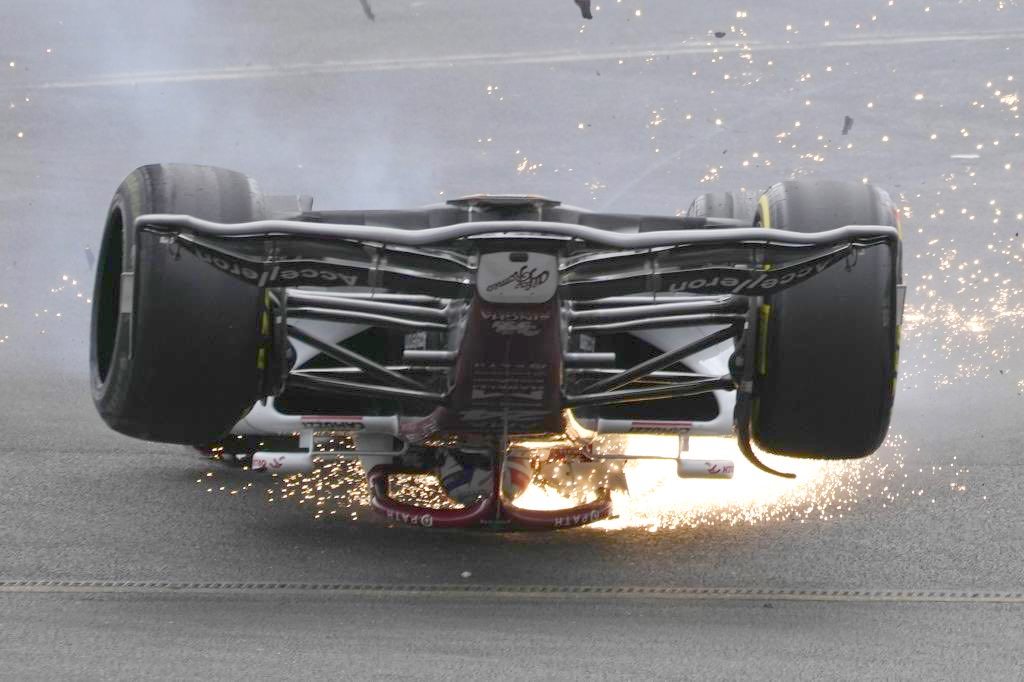F1: F1 porpoising and roll hoop rules changes ratified by FIA
The World Motor Sports Council (WMSC) has approved changes to the 2022 and 2023 Technical Regulations, designed to address both the issue of aerodynamic porpoising (to placate Mercedes) and of safety standards for roll hoops.
With regard to porpoising, it has now been approved that from this month’s Belgian Grand Prix until the end of the season, there will be changes to re-define the stiffness requirements of the plank and skids around the thickness measurement holes on the cars – in addition to the changes already signalled by a Technical Directive issued to the teams ahead of the summer break.
From 2023, meanwhile, the following changes will be made to placate Mercedes, whose inferior car design is susceptible to severe porpoising:
- The floor edges will be raised by 15mm
- The diffuser throat height will be raised
- The diffuser edge stiffness will be increased
- An additional sensor will be mandated to monitor the porpoising phenomenon more effectively
Additionally, following Alfa Romeo driver Zhou Guanyu’s crash at the start of the 2022 British Grand Prix, the following changes surrounding safety standards for the roll hoops on F1 cars were also approved to become part of the 2023 Technical Regulations:
- A rounded top will now be required on the roll hoop, which will reduce the chance of it digging into the ground during an accident
- A change will be made to ensure a minimum height for the point of application of the homologation test
- There will be a new physical homologation test where the load pushes the roll hoop in the forward direction
- There will be a definition of new tests, to be carried out by calculation
Meanwhile, as a medium-term objective, the FIA also announced that it planned a “significant overhaul” of roll hoop safety tests for 2024 to ensure cars in the future can resist more significant loads.
